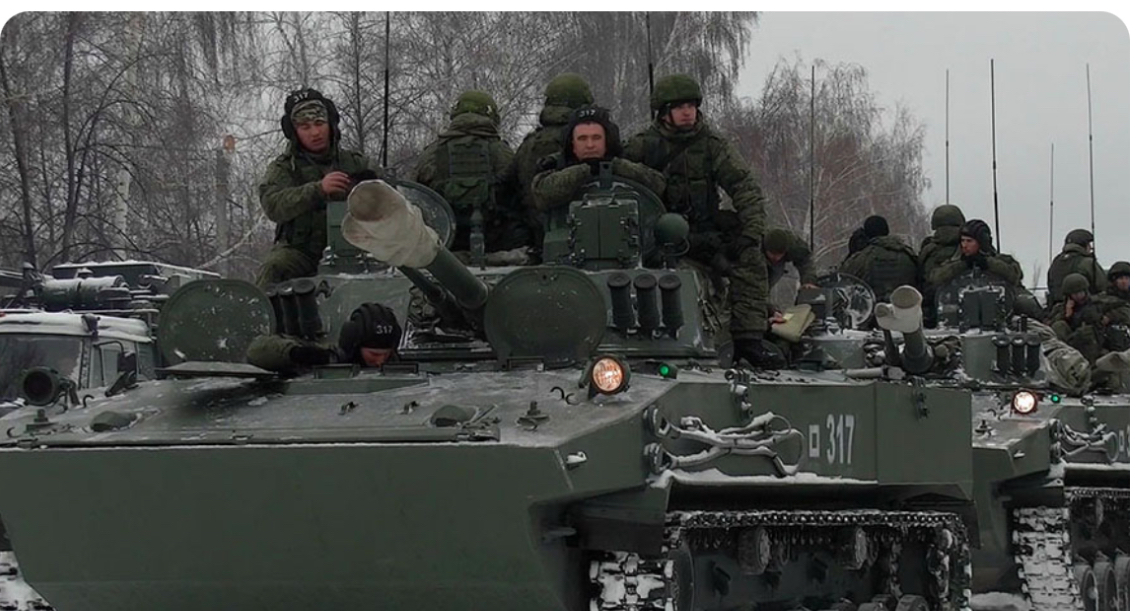Throughout history, militarily powerful nations have used their military dominance to coerce weaker nations into aligning with their geopolitical interests. These actions, often justified as necessary for global security, frequently result in resentment, resistance, and unintended consequences, particularly the proliferation of weapons of mass destruction and other advanced military technologies.
As smaller nations and non-state actors feel increasingly threatened, they seek to quietly arm themselves, leading to an unchecked spread of destructive capabilities. Today, we are witnessing a dangerous shift – not only are more nations acquiring nuclear or advanced military capabilities, but insurgent groups and terrorist organisations are also accessing missiles, drones, and cyber warfare tools; technologies once controlled by world superpowers.
How did the world get here? During the Cold War, the U.S. and the Soviet Union exerted immense pressure on smaller nations, forcing them to align with their respective ideological camps. Some nations, fearing military intervention or nuclear blackmail, secretly pursued nuclear capabilities. The Cuban missile crisis of 1962 is an example.
Cuba, threatened by U.S. aggression following the Bay of Pigs invasion, sought Soviet nuclear missiles for protection. This brought the world to the brink of nuclear war. There was also the India and Pakistan’s nuclear arms race. India, feeling vulnerable after China’s nuclear tests, developed its own nuclear weapons. Pakistan, fearing Indian military dominance, followed suit. Then North Korea launched its nuclear programme.
The U.S. invasions of Iraq and Libya (where leaders were deposed despite disarmament) reinforced North Korea’s belief that nuclear weapons were necessary for survival. These cases demonstrate how military coercion often backfires, leading to increased nuclear proliferation instead of deterrence.
Perhaps the most alarming consequence of military bullying is how it has led to the proliferation of advanced weapons among non-state actors. Insurgent groups and terrorist organisations, once limited to crude guerrilla tactics, now deploy missiles, drones, and cyber warfare. Hezbollah and Hamas’s missile capabilities are glaring. These groups, once reliant on crude weaponry, now possess sophisticated rockets capable of striking deep into enemy territory, supplied through clandestine military networks.
The Houthi rebels in Yemen is another instance. Originally a low-tech militia, the Houthis now launch ballistic missiles and drone strikes against Saudi Arabia and the UAE. Also, ISIS has turned consumer drones into deadly weapons, dropping explosives on Iraqi and Syrian forces. This trend signals a new era of warfare where non-state actors can challenge even the most advanced militaries using high-tech weapons.
Meanwhile, the world is increasingly witnessing the deployment of drones, initially developed for humanitarian purposes – delivering medicine and emergency supplies to remote areas – for assassination purposes. The 2020 assassination of Iranian General Qasem Soleimani via drone strike demonstrated how nations now use drones for targeted killings.
With commercial drones becoming cheaper and AI technology advancing, it is only a matter of time before terrorists and rogue states use drones for targeted assassinations beyond war zones. The weaponisation of drones signals a future where targeted killings could become widespread, leading to further destabilisation.
The Russian-Ukrainian war is a clear case of military coercion backfiring. In 2022, Russia invaded Ukraine, demanding that it abandon Western alliances. Instead of submitting, Ukraine fought back, securing military aid and strengthening its defence capabilities. Russia’s invasion accelerated the militarisation of Europe, compelling previously neutral nations like Finland and Sweden to join NATO. It also reinforced the idea that smaller nations must arm themselves to deter aggression.
The continued militarisation of weaker nations and non-state actors leads to several catastrophic consequences. These include: Weapons of mass destruction in the hands of more players – as more nations and groups seek nuclear or advanced weapons, the risk of their use increases; the rise of asymmetrical warfare – insurgent groups, terrorists, and rogue nations increasingly turn to cyber warfare, bio-weapons, and AI-driven military strategies; the collapse of global security – no nation is safe when militias and extremist groups possess high-tech military capabilities; an accidental apocalypse – the more players in the nuclear and drone warfare game, the higher the risk of unintended conflict escalating into global war.
These consequences underscore the need for diplomacy over military coercion. History proves that military bullying does not lead to lasting peace; it only escalates conflicts. Instead, powerful nations must prioritise diplomacy, economic partnerships, and cooperative security measures. The example of U.S. and Vietnam suffices here.
Instead of continued military pressure, the U.S. normalised relations with Vietnam through trade and diplomacy, transforming a former enemy into a strategic partner. There is also the case of South Africa’s nuclear disarmament. Through diplomatic engagement, South Africa voluntarily gave up its nuclear weapons, setting a precedent for non-coercive arms reduction. Such examples demonstrate that peace is best achieved through dialogue, not coercion.
In conclusion, the unchecked proliferation of military technology — whether nuclear weapons, drones, or cyber warfare — has brought the world to a dangerous tipping point. The more nations and groups feel bullied, the more they will seek to arm themselves.
If global powers continue using military threats to enforce their will, the result will not be peace but an accelerated arms race. We are fast approaching a world where wars will be fought not just by nation-states, but by insurgents, rogue actors, and autonomous machines armed with deadly precision. The international community must break this cycle now. If not, we may soon find ourselves facing the destruction of our planet as we know it.
Credit:The Guardian

